- Savage Blog
- Turkey Calling Tactics: Be Prepared for Your Next Hunt
Turkey Calling Tactics: Be Prepared for Your Next Hunt
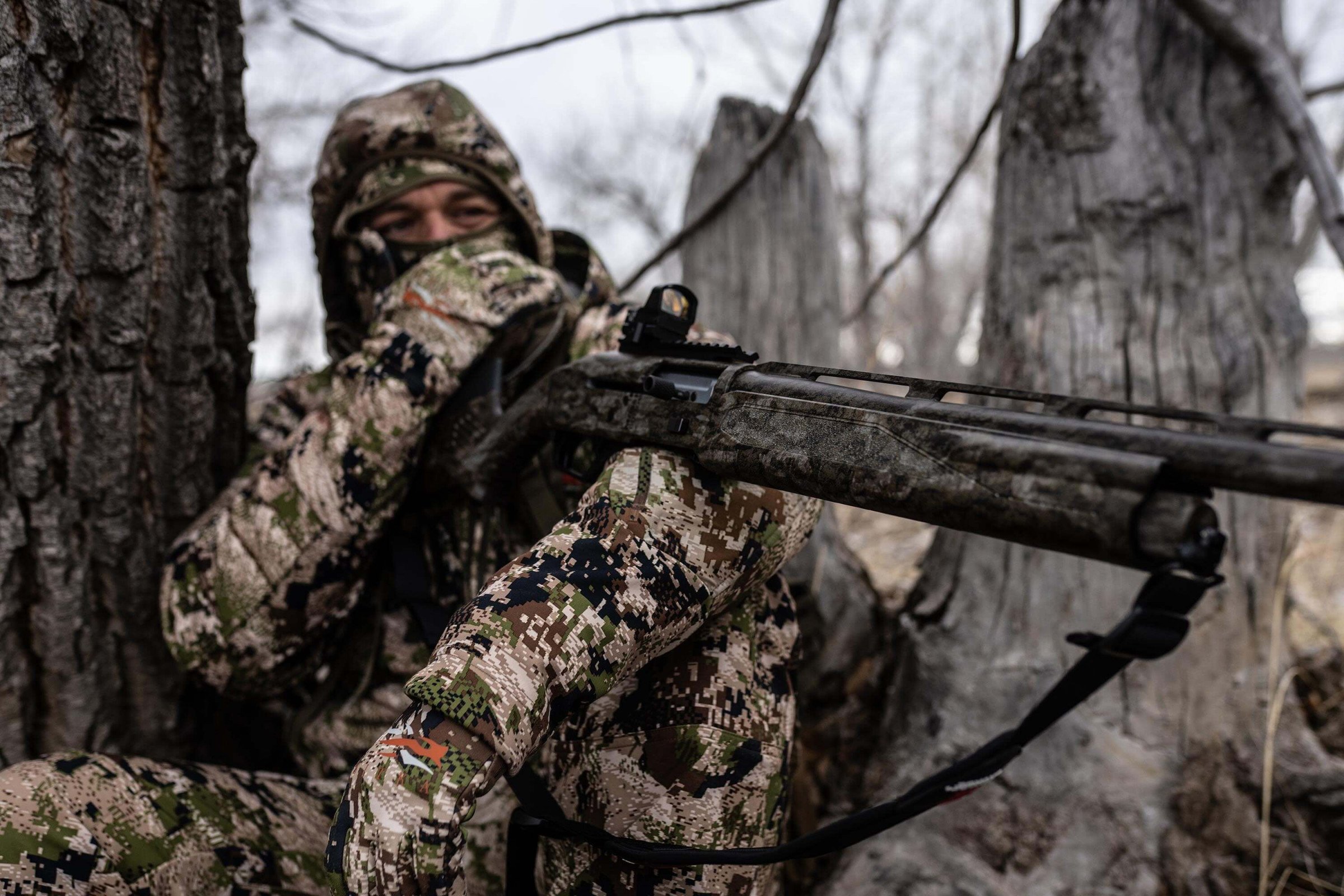
It’s always good to be prepared, but turkey hunting can be hard to prepare for. There are a multitude of different scenarios that can play out during a hunt, and it can be hard to prepare for all of them. In this guide, we’ll go through some of the most common turkey hunting scenarios, and some turkey calling tactics you can use to deal with them. Whether it’s calling a hung-up gobbler, dealing with a stubborn hen, or getting more responses to your calling, we’ll tackle these challenges to help you prepare for your upcoming season!
All Quiet in the Woods
Picture this, you get into the woods, find the perfect tree to sit under, and wait in the early morning darkness for the woods to come alive. And then, nothing. Not a gobble to be heard. It can be disheartening at first to not hear any gobbles when the sun starts to rise, but don’t fret! There are a few different turkey calling tactics you can try to get those gobblers to open up.
Locator calls: One of the tried and true turkey calling tactics is to get out a locator call and draw out a shock gobble. If you aren’t hearing any turkeys, it’s not necessarily that they haven’t left the area. Sometimes weather conditions, predators, or other factors can make a gobbler go quiet. So using a locator call like an owl hooter or crow call can help draw out a gobble from even those tight-lipped, stubborn birds.
Soft calling: Even if you can’t hear any gobblers, they may still be able to hear you. Try using a few soft calls to see if you can attract the attention of any nearby gobblers. Be ready for them to slip in quietly and unannounced!
Rely on scouting: If you’ve scouted your hunting area before the season, you may have an idea of where the birds are at even if they’re not talking. If you’re not hearing any activity, try moving to one of the areas you have previously scouted that you know holds birds. Take your time and move slowly, you never know when you may run into a bird on the way there! If you haven’t scouted ahead, take a look at your favorite hunting app or Google Maps and look for open areas, ridgetops, dusting areas, and other locations in your area that turkeys may frequent.
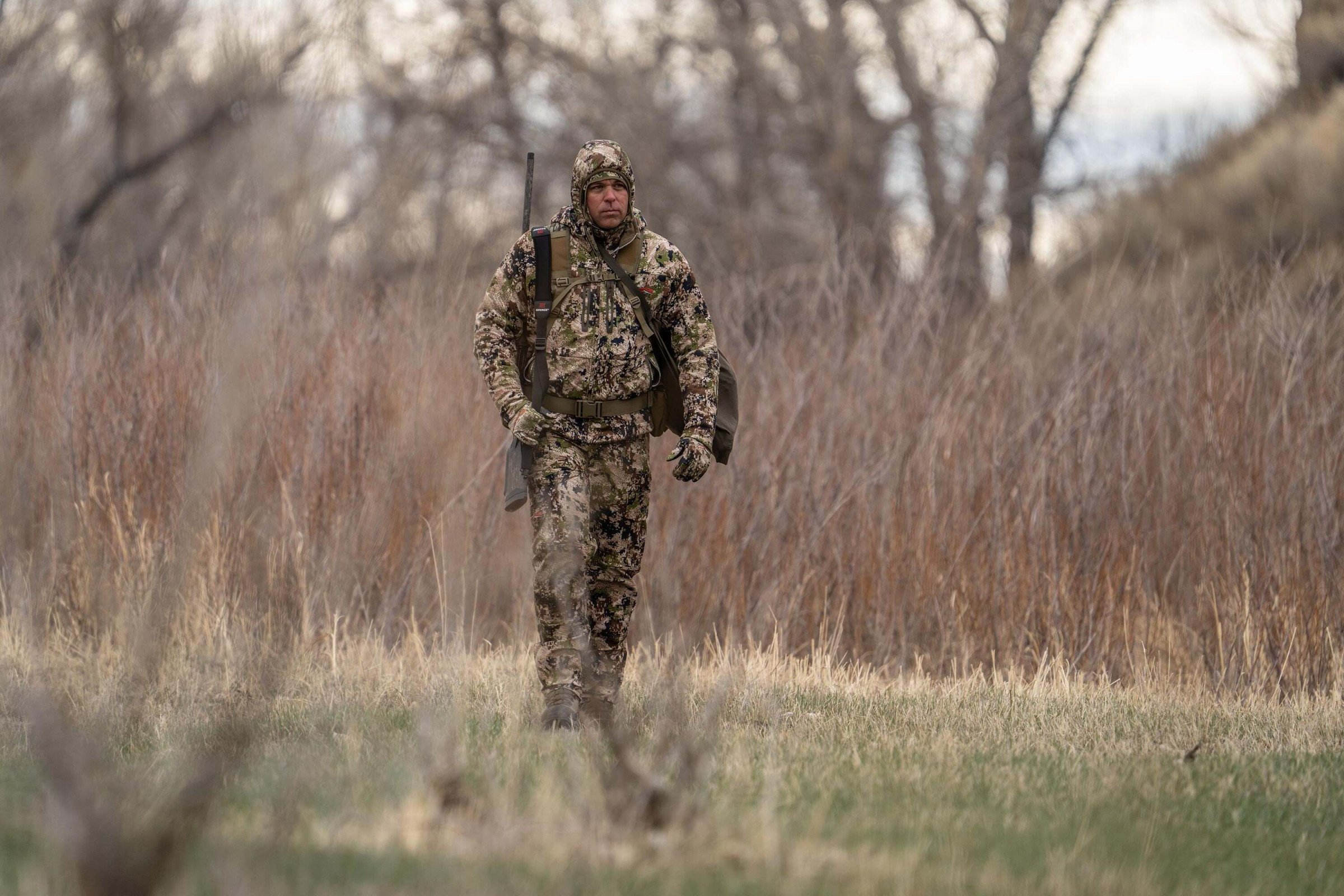
The Jealous Hen
Everyone hates it when a hen scoops up the gobbler they have been working and whisks him away to parts unknown. However, that’s not always the case. Sometimes, that hen sticks around with the gobbler, and she can get a bit of a mean streak if you chime in. If you’re calling to a gobbler and the hen that he is with starts calling back, this calling sequence is one of the surefire turkey calling tactics that you can use to your advantage to bring him in.
Mimic her calls: To get a hen fired up, you need to start by mimicking how she is calling. If she calls with four yelps, you call back with four yelps. If she clucks twice and yelps once, you do the same. This will start to agitate the hen, getting her to start calling louder and more aggressively.
Cut her off: Once you have the hen fired up, start cutting her off mid-sentence. After all, who doesn’t hate it when someone cuts them off? This aggravates the hen even more, and will get her to come in and investigate who this new hen is that’s mouthing off. If she has a gobbler with her, he is also likely to come in and see what is going on.
Turn it off: Once the hen has worked her way to where you can see her, it’s time to go quiet on the calling. If you continue to call and she doesn’t see another hen around, she will start to get suspicious and may move away from the area quickly. If you go quiet on the call, she may believe that the other hen has started to move away from the area and will keep coming through to find her. At this point, it’s time to get ready for the gobbler to be coming in right behind and get ready for the shot.
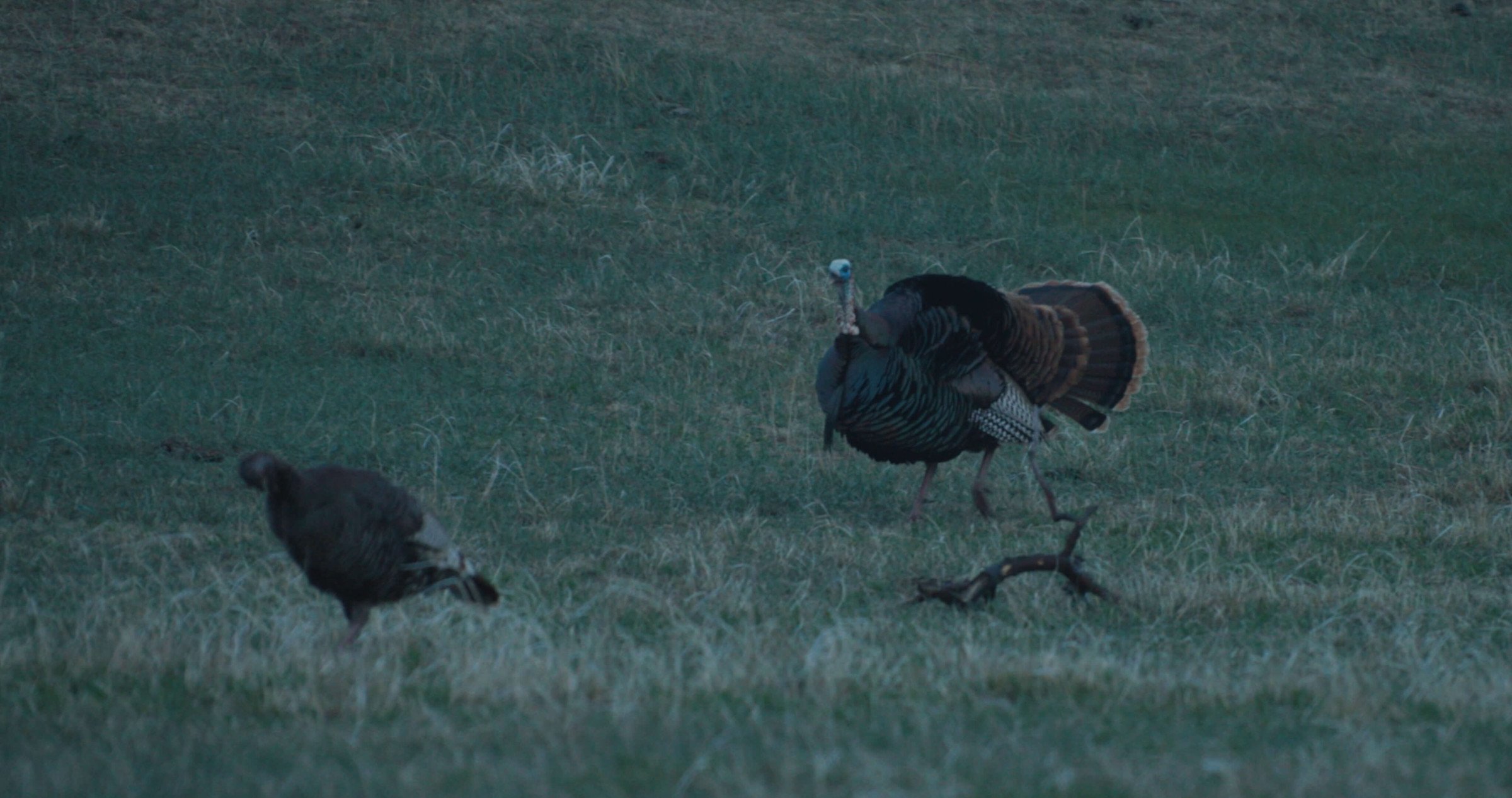
The Stubborn Gobbler
Let’s say you’ve been calling a gobbler for most of the morning. Every once in a while you’ll call, and he’ll respond with a courtesy gobble or two. However, he’s not moving, and he hasn’t moved all morning. What he’s doing is natural, hens typically are the ones going to the gobblers who are showing off and displaying. So if the gobbler you’re calling to won’t move from his spot, how do you get him tagged? Here are a few different turkey calling tactics to get him to break his nature.
Make a move: If you have been working a gobbler and he’s staying put, sometimes you have to be the one to make the move. If you can, try closing the distance between yourself and the gobbler. Work slowly and quietly closer to him, and be on the lookout to see if he has started moving in your direction as well. If you can’t move towards the gobbler, then try moving away from him. Go silent, move back 50 to 100 yards, and wait 10 to 15 minutes before calling again. If he thinks you’re losing interest, he may come running in.
Switch the call: Sometimes all it takes is the right sound. Try switching up the call you are using and see if you can get the gobbler to respond and move in better. If you’ve been using a smoother call, try something with more rasp. If you’ve been calling with your diaphragm call, switch it up to a box call. This will help you find that sound that makes that gobbler tick.
Take a hike: Turkeys seem to work on their own time. If you’re hunting a larger property, try moving around to different spots to hunt other birds for a while. If you strike out there, circle back to your original location. Gobblers have been known to come in to an area where a hunter was calling hours after they left, often within a few feet of where the hunter was sitting! So don’t give up on your spot for the day, just give the gobbler some time to come in on his terms.
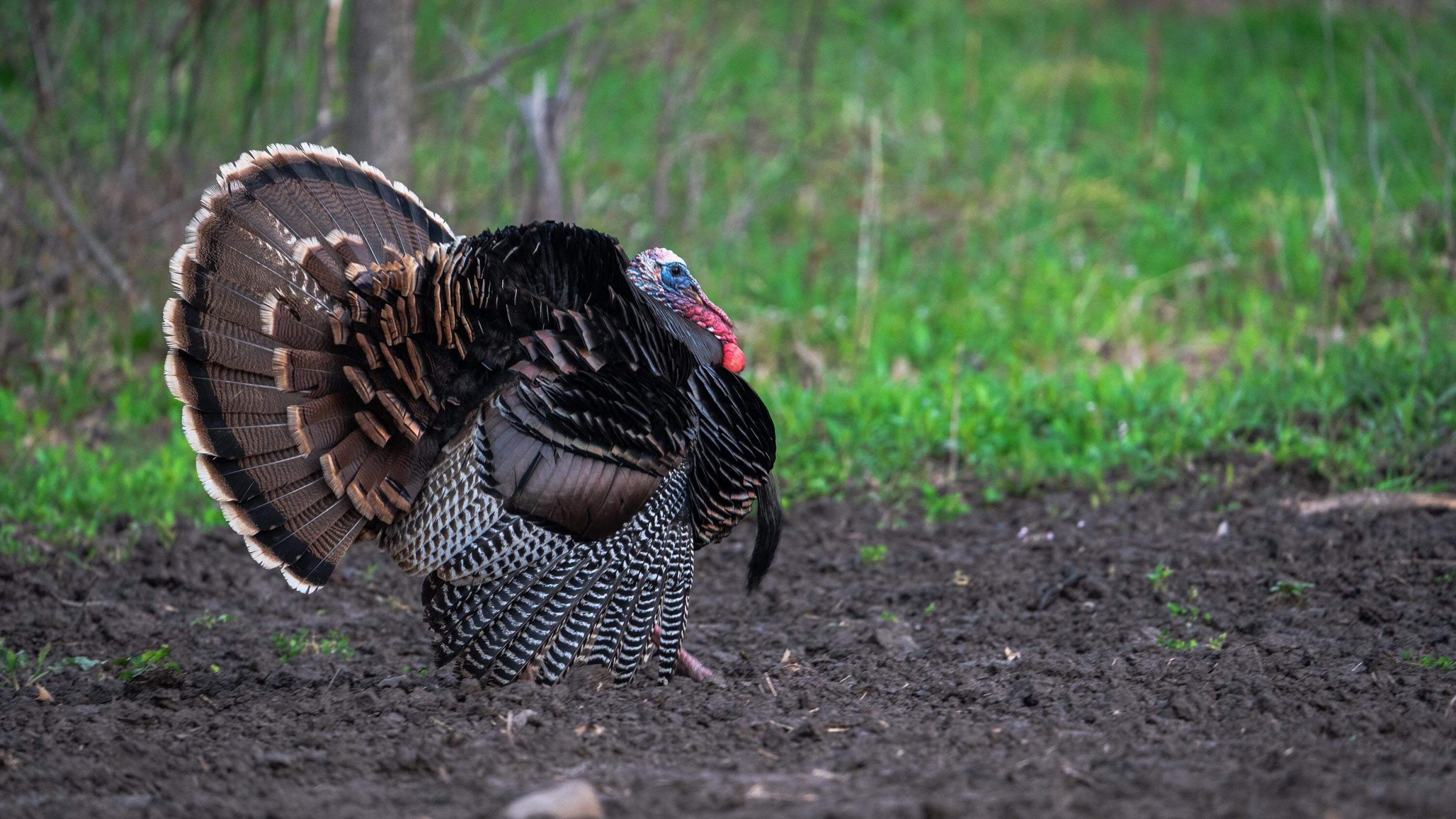
The Fired-Up Gobbler
This is every turkey hunter’s dream scenario. You start calling, and before you’ve even finished your first few yelps you hear a thundering gobble. You call again, and the gobbler cuts you off even faster, and maybe even gobbles twice. This gobbler is on fire! So, what do you do in this situation? It’s pretty simple, be quiet and wait! Sometimes being silent is the best turkey calling tactic you can use.
If you’ve called a few times and he’s responded back each time quickly, then he is likely on his way towards you. Be patient, keep your eyes peeled, and have your shotgun ready to go. If the gobbler hasn’t come in after 30 minutes, try calling again to “take his temperature”. If he’s close by, you’re already ready to go! If he’s moved farther away, then you will need to re-assess your next steps and see how he responds to continued calling.
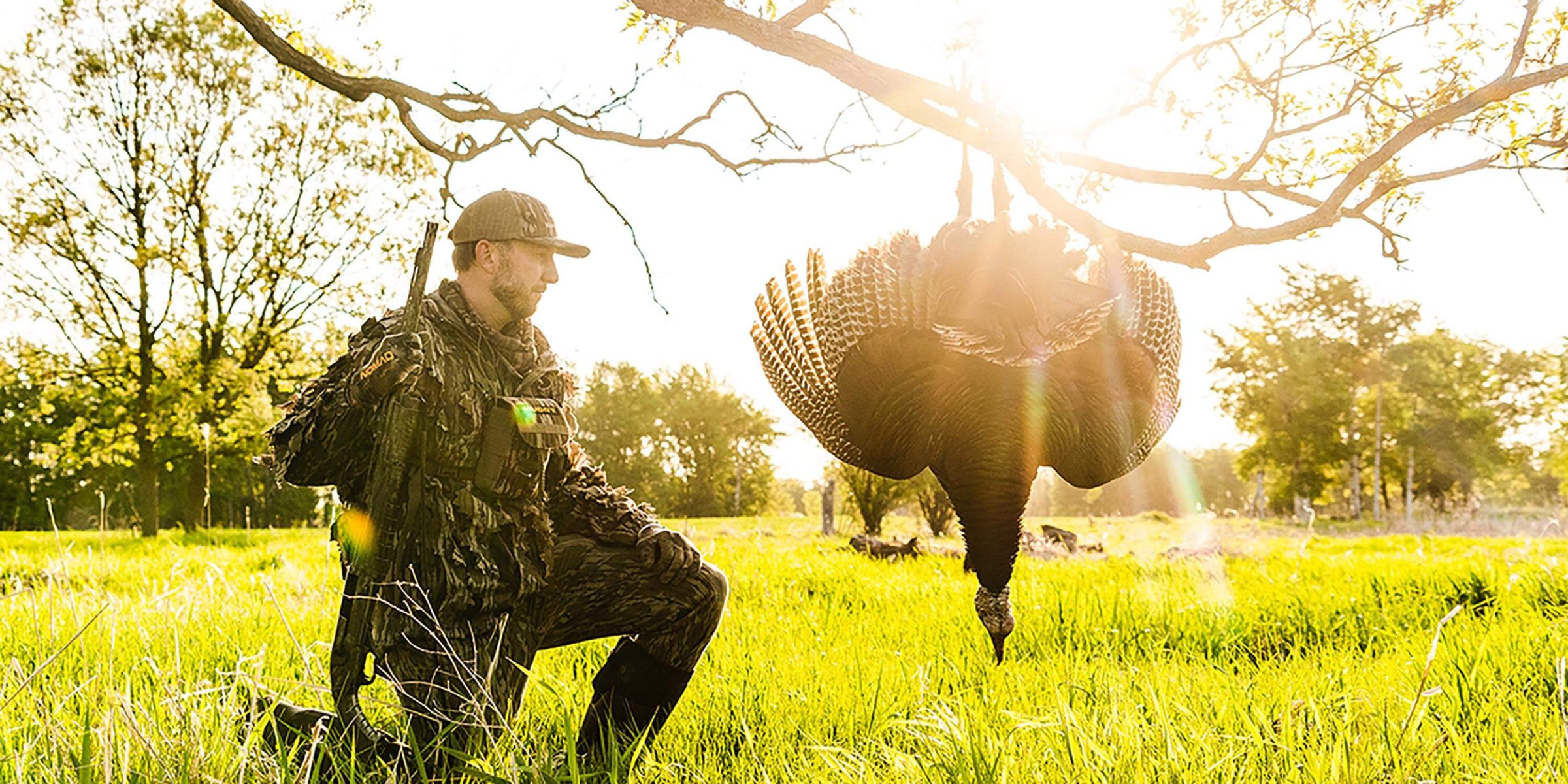
The Hung-Up Gobbler
If you have been turkey hunting for long enough, this situation has almost certainly happened to you. You have a gobbler coming to your calling, and he seems ready to commit. Then, he hangs up, often just out of shotgun range. Eventually, he just walks off, and you’re left wondering what happened. If you have a gobbler hang-up, here are a few turkey calling tactics you can use to get him to come in those last few yards.
Soften up: When gobblers get within 100 yards, it’s prime time to start working in some softer calls. Quiet yelps, clucks, and purrs are all great calls to use to convince that gobbler that he’s walking toward a real hen. Scratch in some leaves next to you to add that last realistic touch.
Move back: This tactic works better in thick brush or timber, where a gobbler may not necessarily see you even if he’s within 100 yards. If you can, move back a few yards and softly call to the gobbler. If you’re hunting with a friend or family member, you can also have them drop back and call behind you, pulling that gobbler right past where you’re set up.
Let him go: Sometimes, no matter what turkey calling tactics you try, you still can’t get that gobble to commit. If that’s the case, you can let him walk off and hunt him another day. Get in early the following morning and try to beat him to his strut zone. If you can set up and wait him out, there’s a good chance he’ll show up in the morning ready to show-off for the hens.
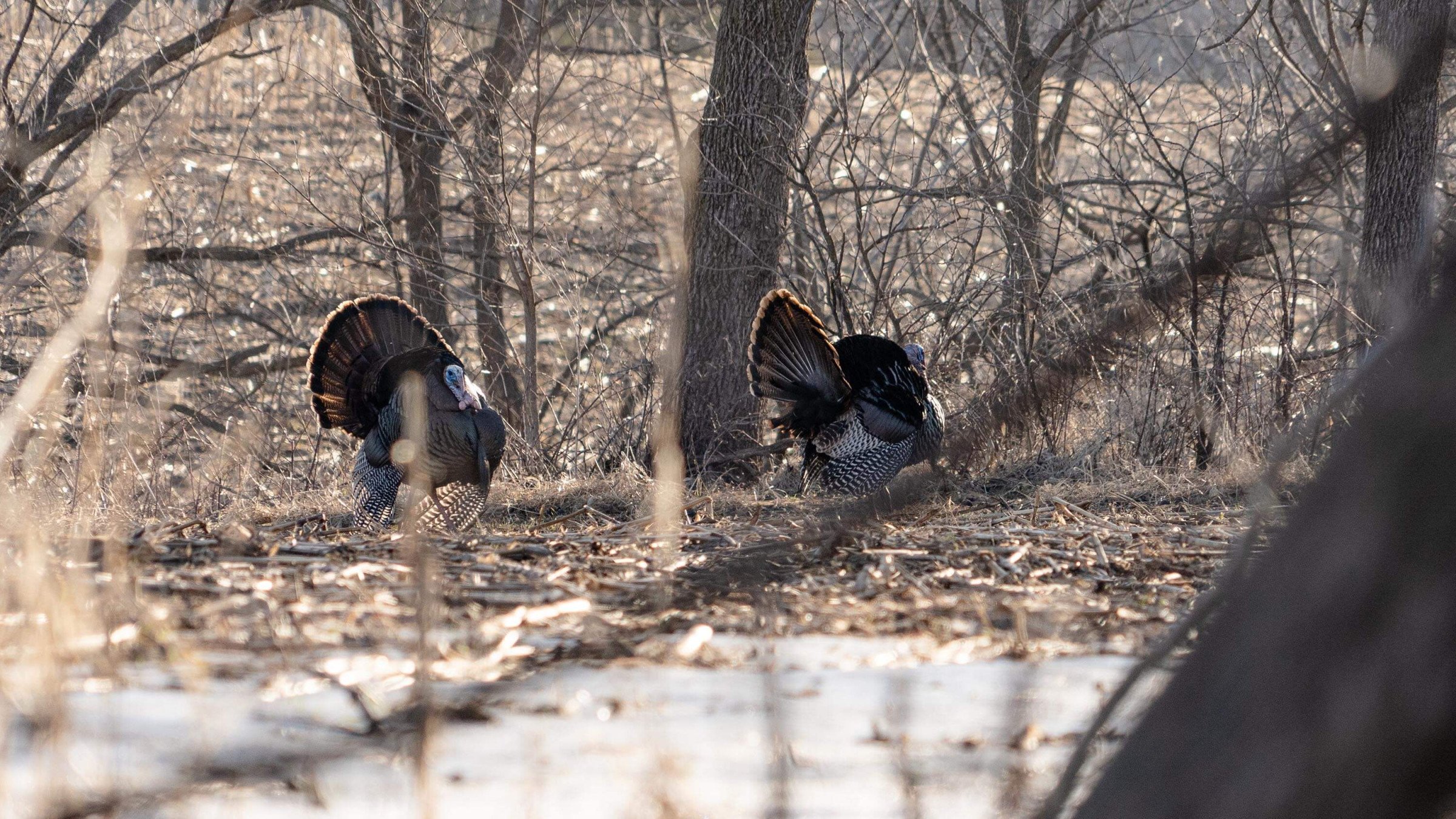
Turkey hunting is a challenging pursuit, and even if you do everything right, sometimes the hunt just doesn’t go your way. With these turkey calling tactics, you can tip the odds a little more in your favor this spring. Whether you’re chasing thick timber Easterns or Merriams in wide open spaces, falling back on some tried and tested turkey calling tactics can help make the difference between leaving empty-handed and hanging a gobbler over your shoulder on the way back to camp. So get out there this spring and put together your best season yet!

